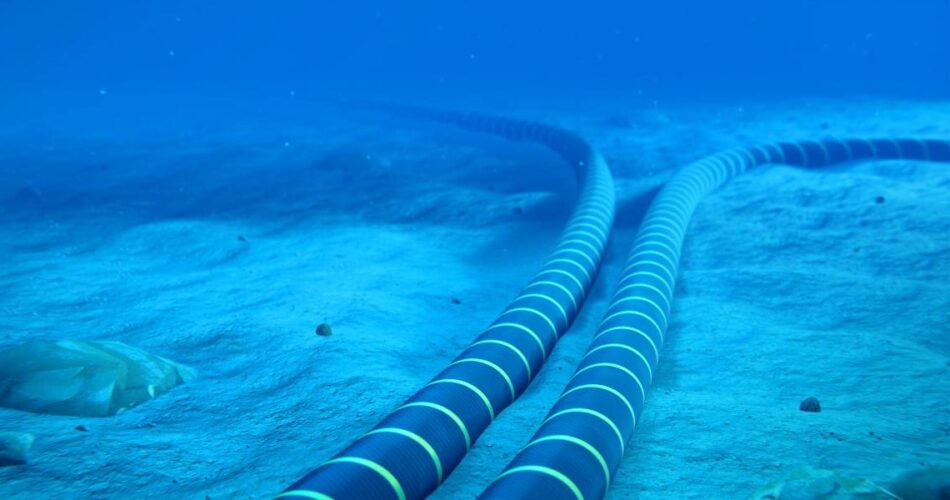Two boffins from New Zealand’s University of Auckland have detailed the extraordinary repair job performed to reconnect the submarine cable connecting the Kingdom of Tonga to the world.
Tonga’s sole submarine cable connection was severed by an eruption of the Hunga Tonga–Hunga Haʻapai volcano on January 15. Further domestic cables to other Tongan islands beyond Tongatapu were also damaged.
Efforts to restore some sort of internet access by means other than the cable – including using satellites – fell short of meeting the Polynesian nation’s needs. As the entire country was without mobile data and therefore lost the ability to receive overseas remittances or complete other daily digital tasks, it became imperative that the undersea cable was repaired as quickly as possible.
To mend the cable, a repair ship called Reliance was called out from Papua New Guinea, with a stop in Samoa to add to spares that totalled 80km once the vessel arrived in Tonga.
Reliance deployed a Remotely Operated Vehicle (ROV) to find the cable break.
Which proved difficult.
Eventually, over a period of days, the errant cable was located. The crew performed a Holding Drive (HD) – an operation where the ship tows a sled with a grapnel hook across the seafloor perpendicular to the cable route – to bring one end of the severed cable to the surface. Once at the surface, it was tied to a buoy so it could be connected to the severed end when it was found. Once the parts were reconnected, the cable was lowered back down.
For this cable, the procedure was repeated six times – revealing massive damage near a seamount, huge swaths of displaced cable, and a missing repeater – a $230,000 part that had to be replaced entirely. The 90km section of repaired cable became a patchwork line of about 50km of new or spare cable,, plus 40km of recovered cable.
Counterintuitively, while tracking the cable, the ship found it had drifted 5km towards the volcano. And although there was some damage at the Fiji end of the cable, the landing station in Tonga was intact.
Usually tsunamis don’t damage cables on the seafloor. Nor do a few centimetres of volcanic ash, according to one of the boffins, Ulrich Speidel, in a synopsis he wrote for the Asia Pacific Network Information Centre (APNIC) blog. However, an earthquake might have done the trick – and there happened to be a magnitude 4.7 one just near the seamount that shielded the cable against direct impact from the volcano.
Speidel and his colleague Shane Cronin formed the hypothesis that the damage was a result of turbidity currents – submerged avalanches of turbulent water and sediment that can move both uphill and downhill.
While the cable to Fiji has been restored, Reliance did not carry sufficient spares to repair broken cables that connect Tonga’s islands.
“Any new cable is likely to be 6–9 months away. Until this stretch of cable can be fixed, the rest of Tonga (particularly Vava’u and Ha’apai that have had service via the domestic cable) will now need satellite service,” wrote Speidel. ®
Source link



